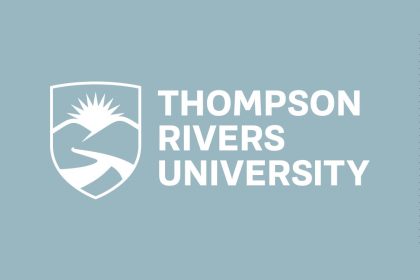This post provides an overview of what content you can include in your open resource and in what contexts. We give a brief introduction to copyright as it functions in Canada, discuss how open licences work, and then get into the options and limitations around including content that is not openly licensed.
Note that as the author of a resource, it is your responsibility to ensure that you follow all licence terms and that you do not infringe on the copyrights of others.
Excerpt from the Getting Started: OER Publishing at BCcampus by the OER Production Team
Copyright
Copyright is the legal framework protecting the intellectual property of creative works. In Canada, copyright is defined under the Copyright Act. There are a few important things to keep in mind about copyright in Canada:
- Only the copyright holder has permission to distribute and adapt a work.
- The copyright holder is usually the author/creator of a work, but not always.
- Copyright protection is automatic. It is not something you have to apply for.
- If others want to use, share, or adapt the work, they need to get permission or a licence from the copyright holder that specifies the terms of use.
For more information, see Copyright and Open Licences in the Self-Publishing Guide.
Open Licences
Open licences are how copyright holders let the world know that they are okay with people taking, reusing, and adapting their creative works. Note that the creator maintains the copyright for their original work: the open licence simply means that they give others permission to use the work as well. These licences specify exactly what others are allowed to do with the work and in what contexts without needing to contact the copyright holder to ask permission.
As a general rule, only openly licensed content or content that is in the public domain may be included in an open resource.
Creative Commons Licences
Creative Commons licences are probably the most common open licences that you will encounter. There are seven licences in total, which come with different combinations of restrictions:
- Attribution: This requires you to attribute (give credit to) the original creator.
- ShareAlike: This requires you to use the same licence for any work that you create based on their original work.
- NonCommercial: This restricts you from profiting off of their work.
- NoDerivatives: This restricts you from making any changes to their work.
To learn more about each of the seven licences, read About CC Licences.
Other Open Licences
There are many other open licences that you may come across:
- Openly licensed stock image collections often have their own site-specific open licences. This includes Pixabay and Pexels.
- The Government of Canada has its own open licence: Open Government Licence – Canada.
- Open source software generally uses licenses like GNU AGPLv3 or MIT License.
Always make sure you review the terms/licences conditions when using an open licence, especially when you are not familiar with it. Different open licences have different restrictions and requirements, so you should never assume.
Public Domain
When copyright expires (in Canada, this is 70 years after the death of the creator), the work enters the public domain. This means that anyone is allowed to use the work without obtaining permission, but no one can own it. Some creators choose to place or “dedicate” their works to the public domain. For this, Creative Commons has created the CC0 Universal Public Domain Dedication.
Works in the public domain may be included in an open resource. Although they don’t legally require attribution, you should still attribute public domain and CC0 content so others using your resource know where you got that content from. See the section on Citation and Attribution for more information.
Non-Openly Licensed Content (All Rights Reserved)
Content that is not openly licensed, meaning it is “all rights reserved,” is covered by the regular terms and restrictions of copyright law. As such, it cannot be included in an open resource except under the following exceptions:
- Linking: You may link to external websites from within your open resource.
- Embedding: You may embed media (video, audio, etc.) that are hosted on an external site by the copyright holder within your open resource. If embedding, you will need to attribute the content (See Citation and Attribution). Note that some creators restrict embedding, in which case their resources may not be included.
- Fair Dealing: This is an exception in the Copyright Act that allows you to use all rights reserved material for the purpose of research, private study, education, satire, parody, criticism, review, or news reporting, provided that what you do with the work is “fair.” Unfortunately, the Copyright Act does not define what counts as “fair.” It is a subjective evaluation based on a number of factors (how much is used, how many copies, commercial/non-commercial, etc). As such, you should use caution when relying on fair dealing with OER, and get permission from the copyright holder where possible.
Permission to Include All Rights Reserved Content in an Open Resource
We strongly discourage including all rights reserved content in open resources. This is because it makes it difficult for people to use and adapt the resource for their own purposes. Each person would have to get their own permission to adapt the content. As much as possible, use existing open content or create new content.
If this is not possible, reach out to the copyright holder for permission.
Resource: Permission-to-Include-Copyrighted-Material-in-Open-Resource-Template [Word file]
Photo by Christina Morillo: https://www.pexels.com/photo/two-people-holding-macbook-pro-1181275/
